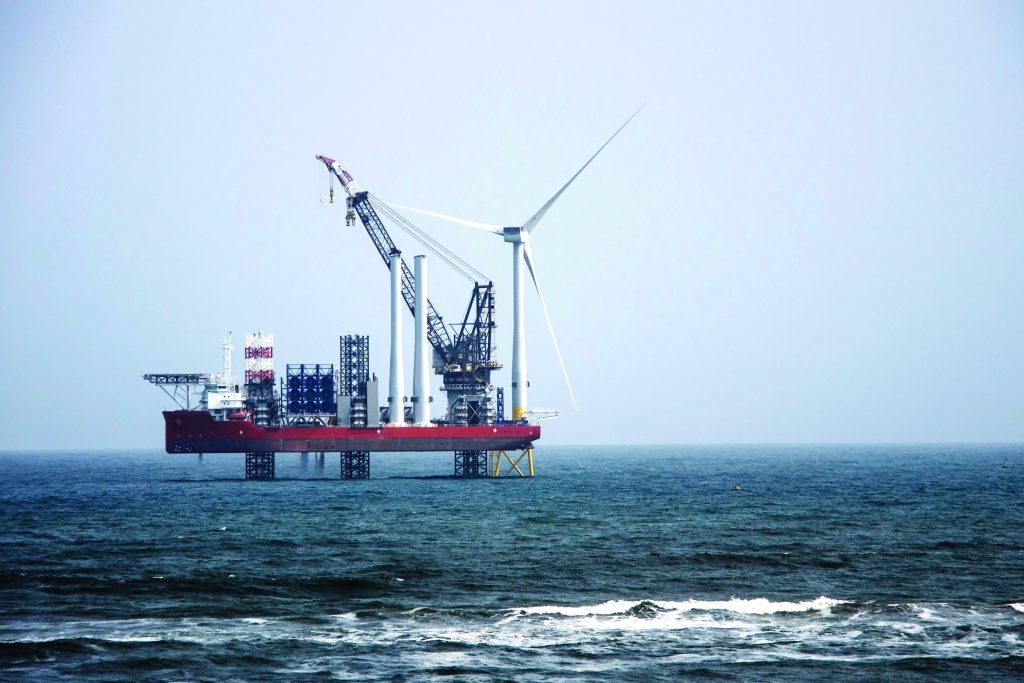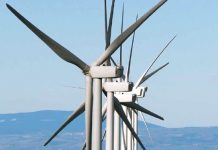As the offshore wind sector expands globally, prices fall, and technology evolves, asset owners and investors are becoming increasingly exposed to technical and supply chain risks, alongside natural catastrophe and extreme weather. More sustainable approaches to risk management and insurance are required to ensure this changing risk profile does not affect project delivery and successful long-term operations.
This is according to GCube Insurance, the specialist provider of renewable energy insurance services, which underwrites more than 13.5 GW of offshore wind capacity in markets including Europe, the U.S., Taiwan, and Japan.

GCube’s analysis of claims data gathered over the past 12 months from construction projects and operational offshore wind farms highlights several key trends that must be carefully managed in order to ensure project success. These include:
• A number of costly inter-array cable faults caused by malfunction of fiber optics designed to monitor cable performance. Cabling losses account for 55 percent of total claims handled by GCube in the past 12 months.
• A rise in the frequency and severity of claims relating to foundations — particularly monopiles installed at deep water sites. Foundation-related losses now account for 35 percent of total claims.
• Significant mechanical breakdown losses incurred at all but one of the floating wind installations currently in operation worldwide.
• Increased exposure to natural catastrophe in the Taiwanese and U.S. offshore wind markets as well as losses involving extreme weather events that cause significant project damage but do not fall under conventional definitions of natural catastrophe.
• Ongoing issues related to contractor error as the industry drives to reduce the levelized cost of energy in established markets, putting pressure on the supply chain, and begins to work with inexperienced local teams in emerging markets. Human error is involved in 70 percent of total claims over the past 12 months.
“Many of these claims trends could be marked down as ‘growing pains’ linked to global expansion and a drive for cost parity with conventional energy,” said Jatin Sharma, president of GCube Insurance Services. “However, if they are not properly managed, they will put these goals at risk.”
“If the industry continues to squeeze the supply chain, while at the same time commercializing new technologies in new global markets, it will become increasingly vulnerable to large-scale financial losses that dent investor confidence and put projects at risk,” Sharma said. “A long-term, responsible outlook is required — both from offshore wind asset developers and owners, and from insurance providers — to ensure that lessons are learned quickly and take into account the changing risk profile of construction and operation.”
GCube will bring together leading offshore wind personnel at its invitation-only Offshore Wind Risk Seminar in London September 24.
More info www.gcube-insurance.com



























